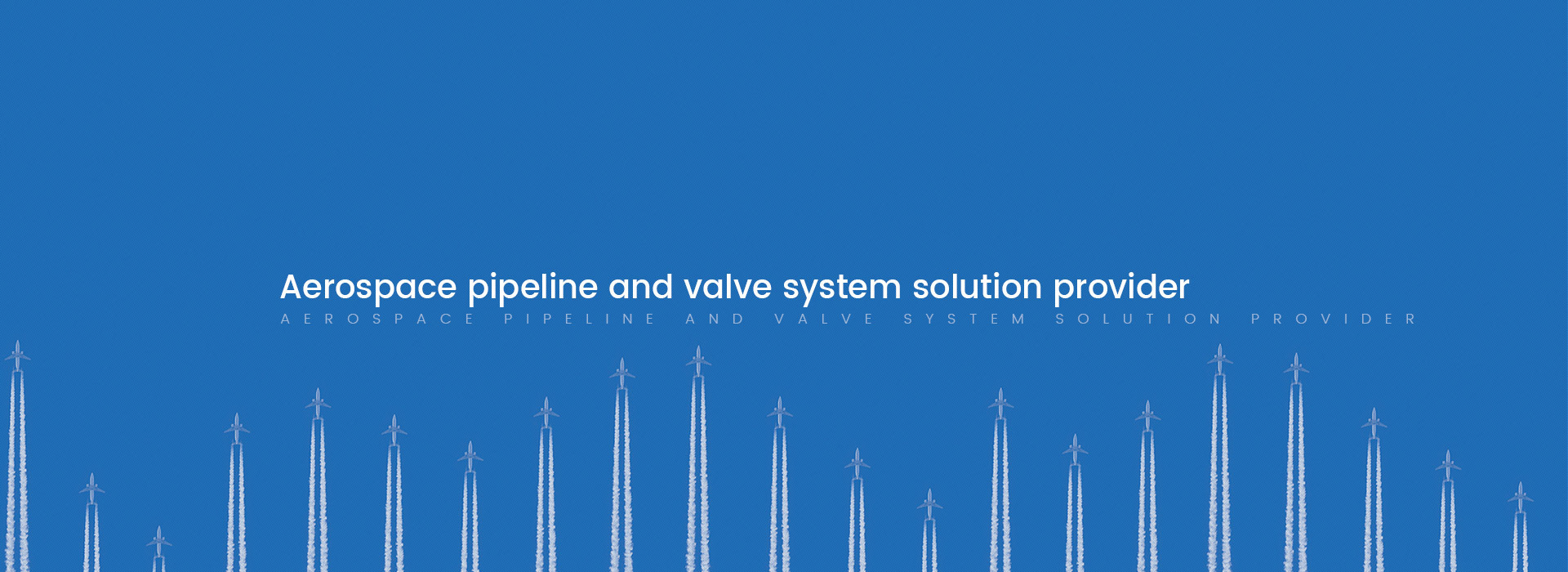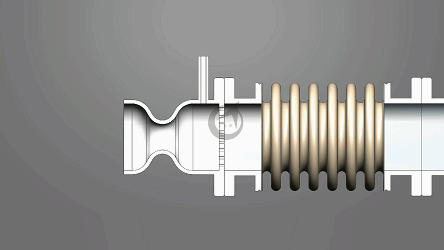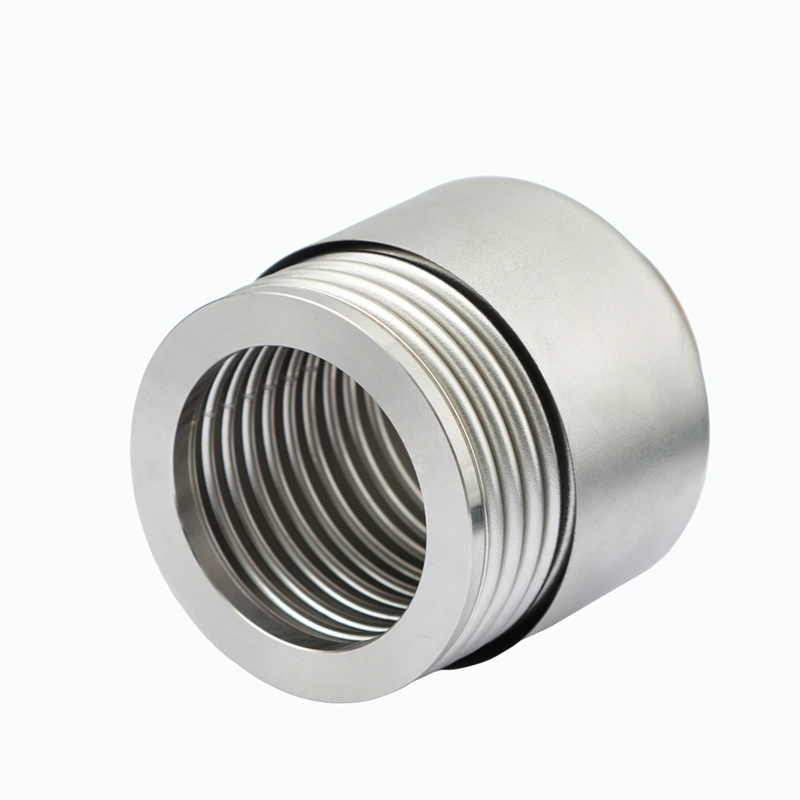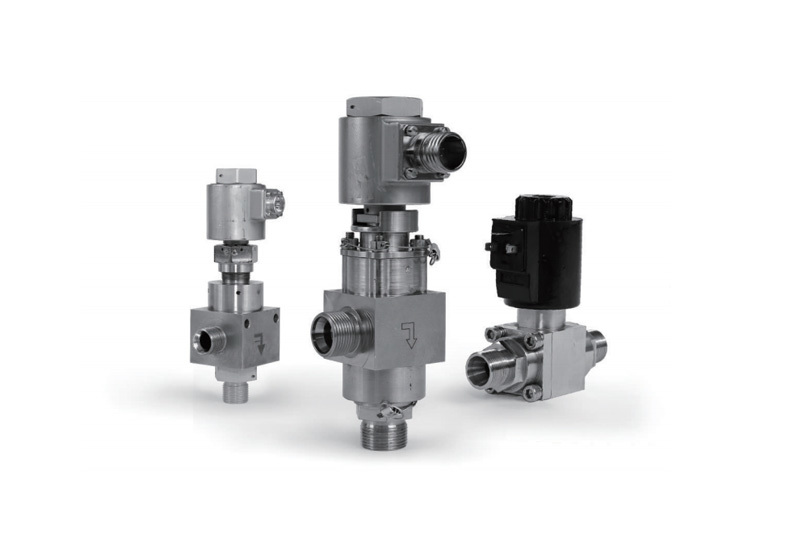Pipeline compensator ensures the stable operation of the pipeline system
Release time:
2025-07-03
In addition to compensating for thermal expansion and contraction, pipe compensators can also be used to absorb other displacements in the pipeline. For example, in areas with unstable geological conditions, pipelines may be displaced due to ground subsidence or geological disasters such as earthquakes.
In complex piping systems, pipe compensators act as silent guardians, playing an irreplaceable role.
Piping systems are widely used in various industrial fields, such as petrochemicals, heat transmission, and water supply and drainage engineering. However, pipelines are affected by various factors during operation. Temperature change is a key factor. When the temperature of the medium in the pipeline changes, the pipeline will experience thermal expansion and contraction. Without effective countermeasures, this expansion and contraction may cause the pipeline to deform, bend, or even rupture. Pipe compensators are specifically designed to solve this problem. They can absorb the expansion and contraction caused by temperature changes in the pipeline, keeping the pipeline in a stable state. For example, in a heating network, when hot water flows through the pipes, the expansion and contraction of the pipes is considerable when the temperature difference between winter and summer is large. The pipe compensator, through its elastic deformation or structural design, easily absorbs this expansion and contraction, ensuring that the heating pipes will not be damaged due to temperature changes.
In terms of structural type, pipe compensators come in various forms. Bellows compensators are a common type, consisting of a metal bellows. The shape and structure of the bellows give the compensator good elastic deformation capabilities. When the pipeline expands and contracts, the bellows compensator can expand and contract freely like a spring, effectively compensating for the displacement of the pipeline. There are also sleeve compensators, which consist of an inner sleeve and an outer sleeve. The inner sleeve can slide within the outer sleeve, adapting to the expansion and contraction of the pipeline through this sliding. This type of compensator is widely used in long-distance water pipelines, ensuring pipeline connection while adapting to the pipeline expansion and contraction needs caused by temperature changes in different seasons.
In addition to compensating for thermal expansion and contraction, pipe compensators can also be used to absorb other displacements of the pipeline. For example, in areas with unstable geological conditions, pipelines may be displaced due to ground subsidence or geological disasters such as earthquakes. Pipe compensators can compensate for this displacement, preventing the pipeline from breaking due to forced pulling. In urban water supply and drainage systems in earthquake-prone areas, pipelines equipped with pipe compensators can better cope with pipeline shaking and displacement during earthquakes, ensuring the basic functions of the water supply and drainage system and reducing secondary disasters caused by pipeline damage.
However, pipe compensators also face some challenges during use. First is the selection problem. Different piping systems have different operating conditions and require the selection of appropriate compensators based on factors such as pipeline material, diameter, temperature change range, and pressure. Improper selection may fail to achieve the expected compensation effect and may even affect the normal operation of the piping system. Second is the maintenance of the compensator. Because pipe compensators are in complex working environments for a long time, they may be affected by corrosion and wear. Regular inspection and maintenance of the compensator, timely detection and handling of potential problems, are key to ensuring its normal service life and performance.
Despite the challenges, with continuous technological advancements, the performance of pipe compensators is constantly improving. The application of new materials gives compensators better corrosion resistance, higher strength, and elasticity. At the same time, intelligent monitoring technology is also being applied to the management of pipe compensators. By installing sensors, the working status of the compensator, such as expansion and contraction, pressure, and temperature, can be monitored in real time, warning of potential failures in advance, and providing more reliable guarantees for the safe and stable operation of the piping system.


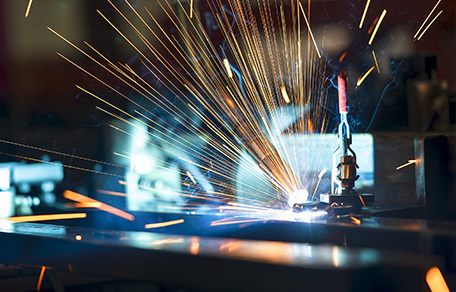


 中文版
中文版